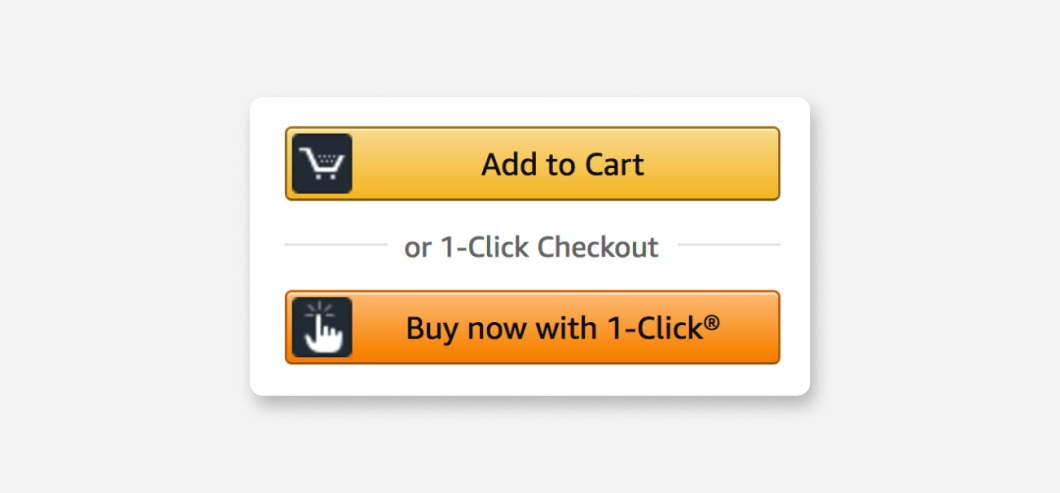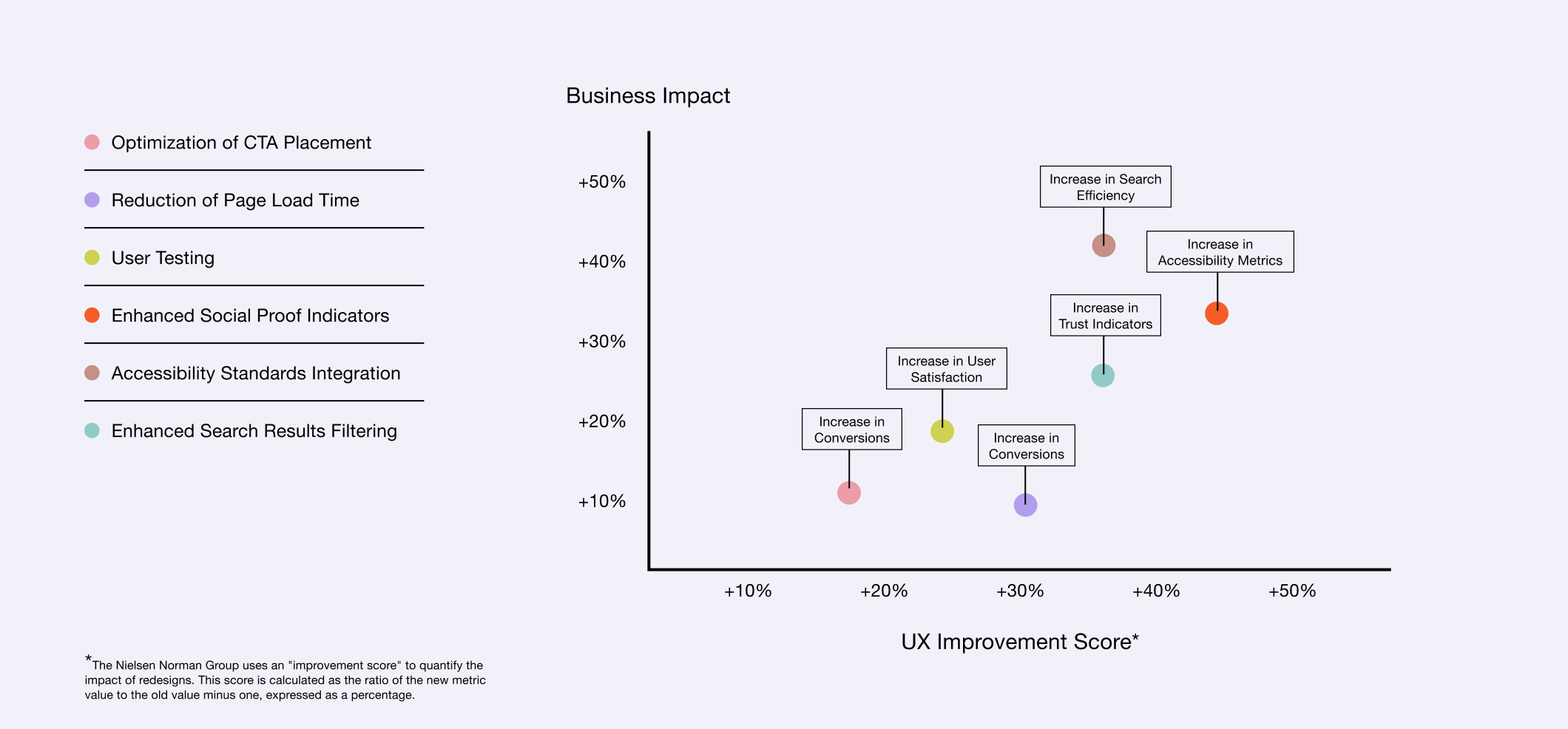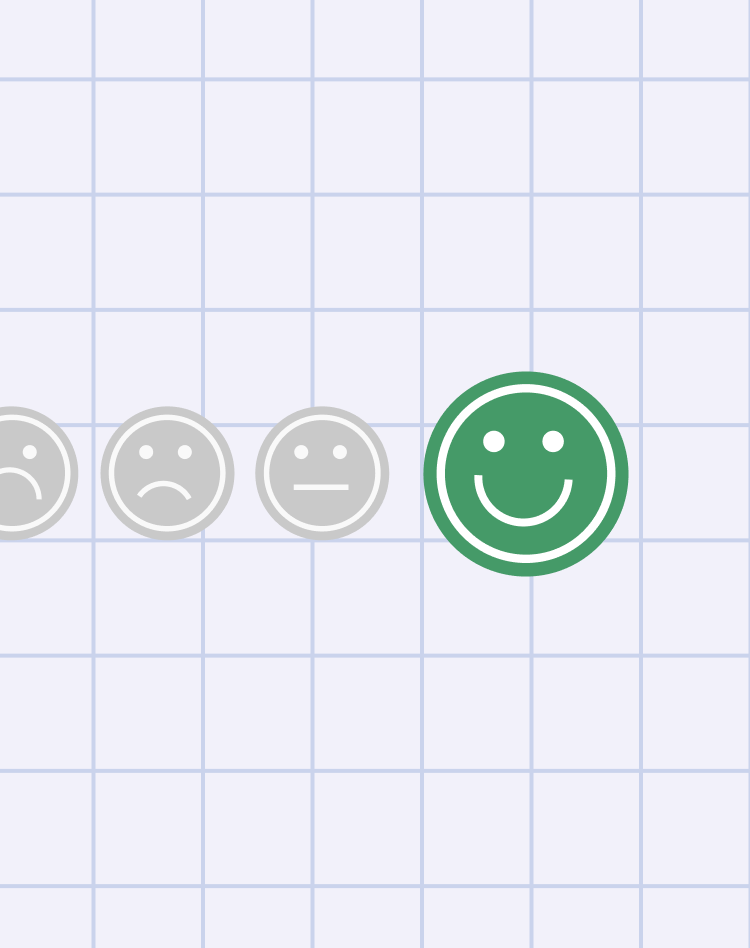Industry Insights
Why UX Design Is Important: The Blueprint for Building Products People Love
What separates a product that thrives from one that fizzles out?
It’s not just about having a great idea or a killer marketing campaign. The difference lies in how well your product serves its users. This is where UX (User Experience) design steps in—not as an afterthought, but as the foundation of every successful product.
UX design goes beyond aesthetics; it’s about addressing genuine challenges, fostering emotional connections, and providing value that resonates with your audience on a deeper level.
Understanding the importance of UX design is crucial for creating products that resonate with users. By focusing on user-centered design, you can develop solutions that genuinely make a difference.
UX Design Is the Bridge Between Your Brand and Your Users
In a world where consumers are bombarded with choices, trust has become the ultimate currency. But trust isn’t built through flashy ads or clever slogans—it’s earned through consistent, positive interactions.
UX design plays a pivotal role in humanizing your brand. For example:
- A well-crafted onboarding process makes new users feel welcomed and supported.
- Thoughtful micro-interactions (like a friendly confirmation message) create moments of delight.
- Clear, jargon-free language ensures your message is accessible to everyone.
When users feel understood and valued, they’re more likely to stick around. In fact, 73% of consumers say a good experience is key in influencing their brand loyalty.
Pro Tip: Use storytelling in your UX design. For instance, guide users through a narrative-like journey—from discovery to conversion—to make them feel like they’re part of something bigger
UX Design Is a Problem-Solving Powerhouse
The best UX designs solve problems users didn’t even realize they had.
Take Apple, for example. Before the iPhone, most people didn’t know they needed a smartphone with a touchscreen interface. Apple didn’t just create a product—they reimagined how people interacted with technology. That’s the magic of UX design.
To achieve this level of innovation, focus on these strategies:
1. Empathy Mapping: Dive deep into your users’ pain points, desires, and behaviors. Tools like empathy maps help you see the world through their eyes.
2. Task Analysis: Break down user tasks step-by-step to identify friction points and streamline workflows.
3. Iterative Testing: Continuously test and refine your design based on real user feedback.
By anticipating needs and addressing pain points before users even encounter them, you position your product as indispensable.
Collaborating with a reputable firm can be beneficial. Working with a trusted UX/UI Agency in New York like Selma Digital can help optimize your design for better performance.
UX Design Fuels Innovation and Competitive Advantage
Think about the companies that dominate their industries—Amazon, Google, Tesla. What do they have in common? They all prioritize UX design as a core part of their strategy.
Great UX doesn’t just meet expectations—it exceeds them. It pushes boundaries, challenges norms, and sets new standards. For example:
- Amazon’s 1-Click Ordering revolutionized e-commerce by eliminating unnecessary steps.
- Tesla’s minimalist dashboard transformed how drivers interact with their vehicles.
- Google’s search engine prioritizes speed and simplicity, making it the go-to choice for billions


Actionable Tip: Conduct a competitive audit. Analyze what your competitors are doing well—and where they’re falling short. Use this insight to innovate and differentiate your product.
UX Design Is a Revenue Multiplier
Let’s talk dollars and cents. Did you know that 88% of online shoppers are less likely to return to a site after a bad experience ? On the flip side, improving your UX can lead to massive financial gains.
For example:
- Simplifying navigation can increase engagement by up to 50% .
- Reducing page load times by just 1 second can boost conversions by 7%
- Personalizing content can lift revenue by 15% or more .

Significant UX improvements don’t always require a full redesign. Often, minor adjustments, such as refining button placement or copy, can lead to substantial benefits.
Quick Win: Start with your highest-traffic pages. Use heatmaps and analytics tools to identify areas of friction, then make incremental improvements.
UX Design Is the Future of Sustainability
Sustainability is a critical responsibility, and UX design plays a vital role in creating more sustainable products.
For instance:
- Intuitive interfaces reduce the need for customer support, saving time and resources.
- Streamlined workflows minimize energy consumption (e.g., fewer clicks = less server load).
- Digital-first solutions (like e-tickets or online forms) cut down on paper waste.
By designing with sustainability in mind, you not only reduce your environmental footprint but also appeal to eco-conscious consumers—a growing demographic.
Tip: Incorporate sustainability into your design philosophy. Ask yourself: How can this feature be more efficient, less wasteful, or better for the planet?
UX Design Empowers Teams to Collaborate Better
A commonly overlooked aspect of UX design is how it supports not only your users but also your internal teams.
When your product is well-designed, it reduces confusion, minimizes errors, and streamlines processes. This leads to happier employees, faster onboarding, and more efficient workflows.
For example:
- A clean admin dashboard helps your team manage data effortlessly.
- Clear documentation ensures consistency across departments.
- User-friendly tools empower non-technical staff to contribute effectively.
Team Hack: Involve cross-functional teams in the UX design process. Their diverse perspectives can uncover blind spots and spark innovative ideas.
Final Thoughts: Why UX Design Is Non-Negotiable
At its core, UX design is about one thing: putting people first. Whether you’re building a website, app, or physical product, the success of your business hinges on how well you serve your users.
But here’s the truth: great UX design isn’t a one-time effort—it’s an ongoing commitment. It requires empathy, creativity, and a willingness to adapt to ever-changing user needs.
As you consider investing in UX design, reflect on how it can enhance your product’s user experience. For expert guidance, collaborating with a specialized UX/UI agency like Selma Digital in New York can help create engaging experiences that yield tangible outcomes.





